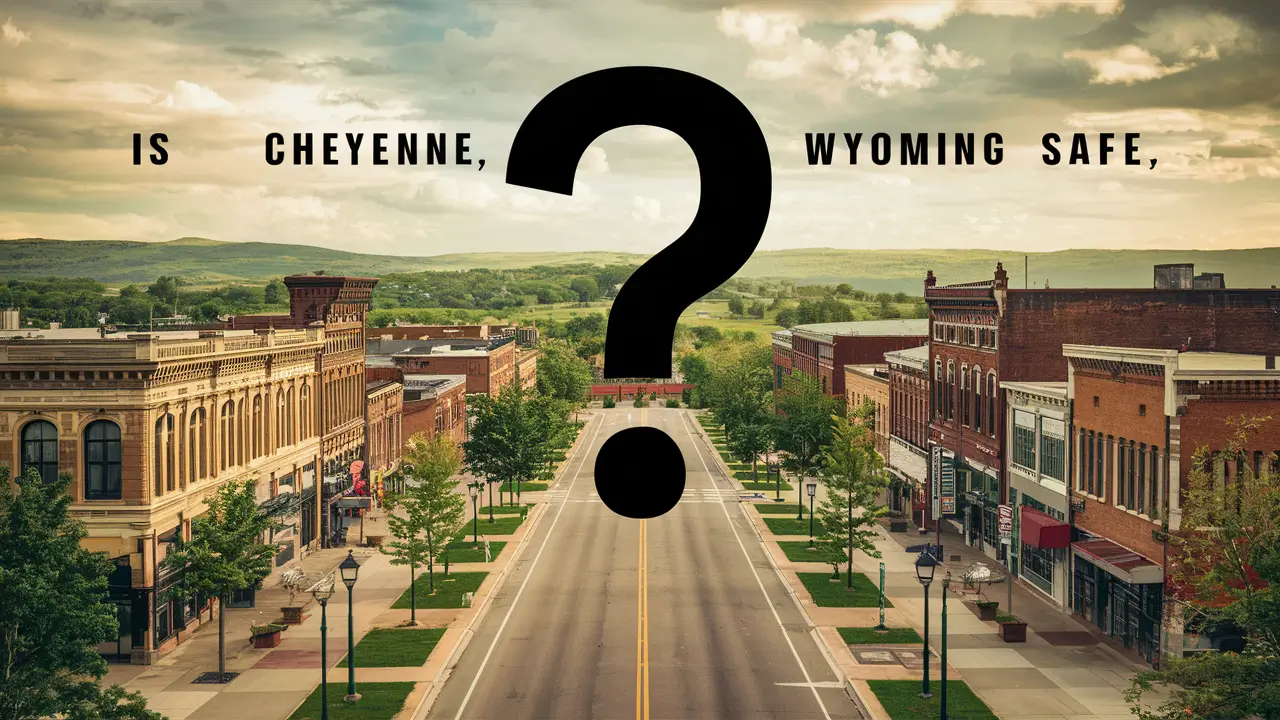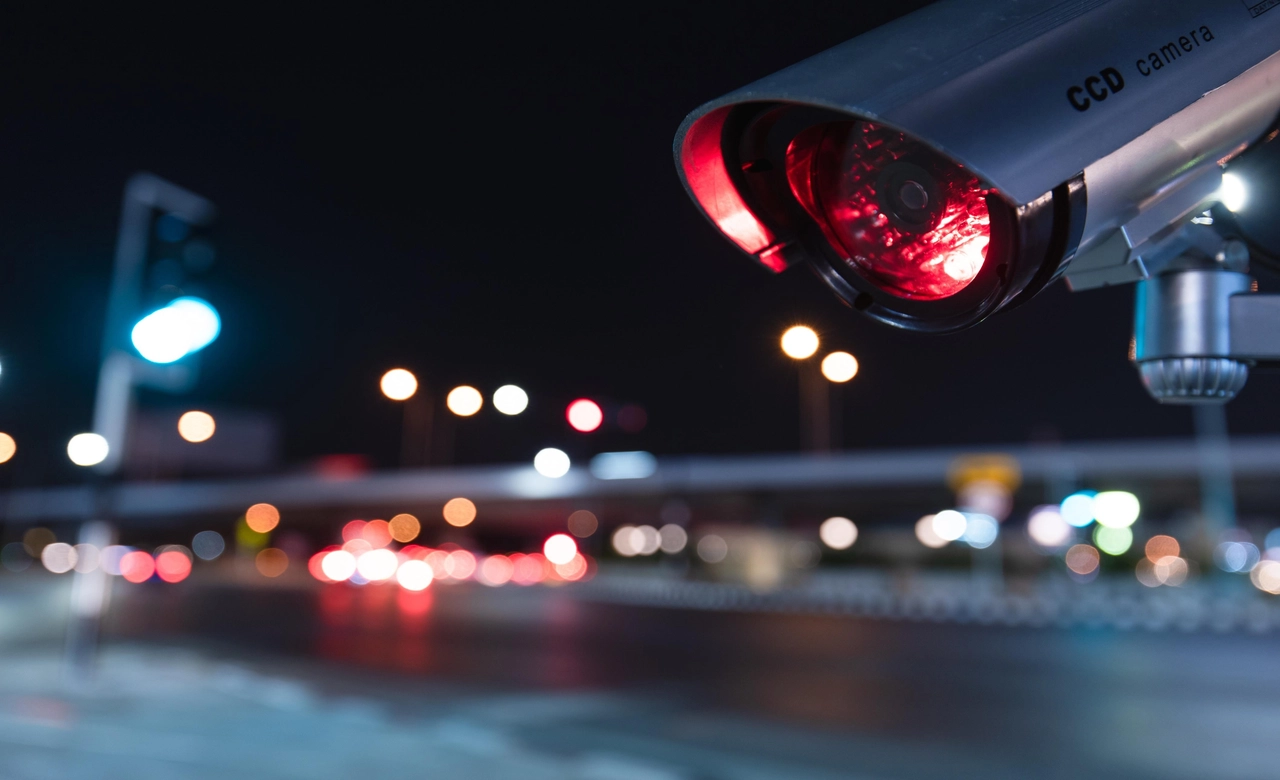Cheyenne is the capital and the largest city of Wyoming and from many people’s perspective, it is safe to live, work, and visit the city. The low incidence of crime, family-oriented community environment, and easy access to numerous trails and open spaces for recreational activities that are located on the outskirts of Cheyenne make the lifestyle in the city attractive to many people. But, again, no city is immune to risks so it is important to examine the facts regarding safety in Cheyenne before concluding.
Crime Statistics
Compared to similar cities, Cheyenne takes one of the lowest positions as to the level of violent and property crime rates; this information is provided by the FBI Uniform Crime Reporting system. Gun violence is relatively low as the violent crime rate stood at 289 cases per 100,000 residents, new York below the national average, while property crimes also remain low at 2,457 cases per 100,000 residents. All of these statistics point to minimal risks to people residing in or visiting Cheyenne.
Among violent crimes, aggravated assaults have higher proportions, and murder, rape, and robbery are significantly lesser incidents. Personal crimes such as burglary of a car, larceny-theft, and other similar, are a little more prevalent but are not aggressive in the sense of assaulting the victim, or a physical confrontation for the theft of the property.
Law Enforcement
Responsibility for local law enforcement requirements in Cheyenne is within the Cheyenne Police Department which has a complement of about 150 sworn police officers. Prevention is also top of the police department’s priorities as it engages in implementing crime prevention programs as well as developing strategies that can fit into the current nature of crime after analyzing crime statistics and patterns that are likely to reoccur. Their community service involves exerting good relationships between people and police to enhance security.
Other than the Laramie County Sheriff’s Department, there are other agencies with shared jurisdiction and responsibility for policing the city of Cheyenne. These agencies include the LCSO, Wyoming state troopers, and state and federal law enforcement as required. Altogether their presence amplifies precaution and preparedness as far as the capital and the county encompassing it is concerned.
Infrastructure & Services
Civic structures and services are significant aspects that help support the Cheyenne quality of life by preserving civic amenities and promoting safety and security.
- Contemporary healthcare organizations, such as Cheyenne Regional Medical Center, include the emergency response function in their portfolio along with disease prevention.
- It means that ISO Class 2 fire protection is as good as the best firefighting resources to deal with a structural fire.
- Lighting the streets, working traffic signals, and an attempt at road repair contribute to safe and comfortable pedestrian and vehicular access in town.
- Utility supply systems include having electricity to light up the house, clean water to use for washing, and proper disposal of wastes which helps to avoid negative impacts from the disruption of utilities.
- Cheyenne has an international airport that links it to other countries and at the same time supports the development of the community.
- Cheyenne’s youth benefits from funding public education as it creates new development chances.
Natural Disasters & Weather
Located at the junction of the Great Plains and Front Range, the geographical attributes of Cheyenne include an inland location at a high altitude which provides moderate protection from severe weather conditions. It has a Mediterranean climate that is characterized by dry and warm conditions for most of the year with occasional and often intense winter storms.
Tornadoes, floods, earthquakes, and wildfires – compared to other areas of the country – do not happen very often in the Cheyenne area; however, severe weather and blizzards, ice storms, and high winds can be a part of life at times. These risks are dealt with through monitoring of weather conditions, installation of protective facilities in cases possible, and planning on how to remove accumulated debris and restore electricity among other necessities in anticipation of storms.
Outdoor Recreation Safety
The main advantage of living in Cheyenne is the ability to walk out into the land and be surrounded by the sights and sounds of virgin nature. Despite having a metropolitan area, the community offers a lot of trails, camping areas, fishing and hunting grounds, skiing and climbing fields, areas for off-road, tours, and travels around right in the neighborhood. But, going outside does come with specific risks at other times depending on the kind of task or environment being encountered.
To ensure that safety measures are in place within the outdoor recreation activities in Cheyenne, search and rescue crews are on standby in case of cases that may occur in the backcountry. It has also firearm ordinances and hunting regulations as a way of ensuring that people exercise maximum precautions whenever they are wielding a gun. Cheyenne also promotes all the measures associated with preparation such as checking storm warnings, preparing appropriate equipment, and sharing travel plans before more dangerous activities.
It can be stated that these threats would not pose a direct threat to residents of Cheyenne going about their regular lives, nonetheless, the dangers present in the overwhelming wilderness that encompasses the area cannot be disregarded and should be planned for by those in search of it. Being wise when choosing what to do is essential when aiming to enjoy the privileges associated with the perks without the costs.
In Summary
Reviewing the indicators, and analyzing the facts and figures, Cheyenne gains its title of one of the safest cities in the country. Criminal incidences have been recorded at minimal levels and crime prevention arrangements are made by well-organized police organizations aimed at maintaining order among members of the public and offering quick, appropriate, and proportional responses when necessary. Infrastructure development projects are inclined toward social amenities for the residents’ health and stability. While occasional severe storms are catastrophic to this region, they are not constant, and therefore, cannot be considered as chronic hazards. Finally, it established that the closeness of the city to nature can improve quality through recreational activities if pursued sustainably.







